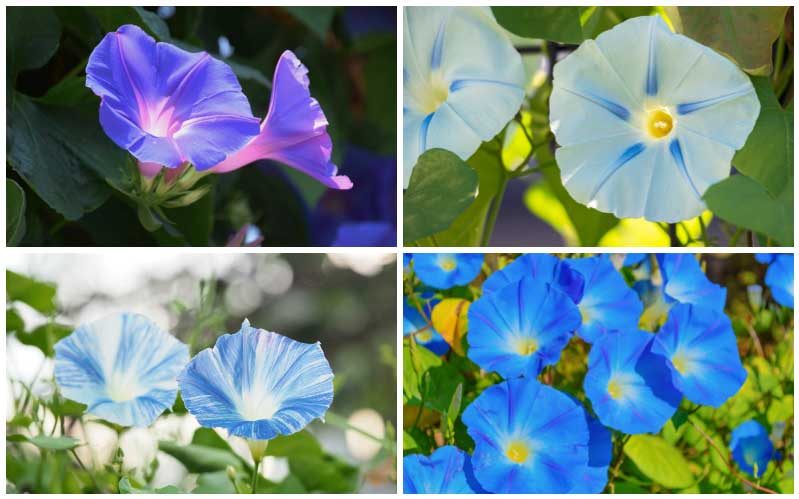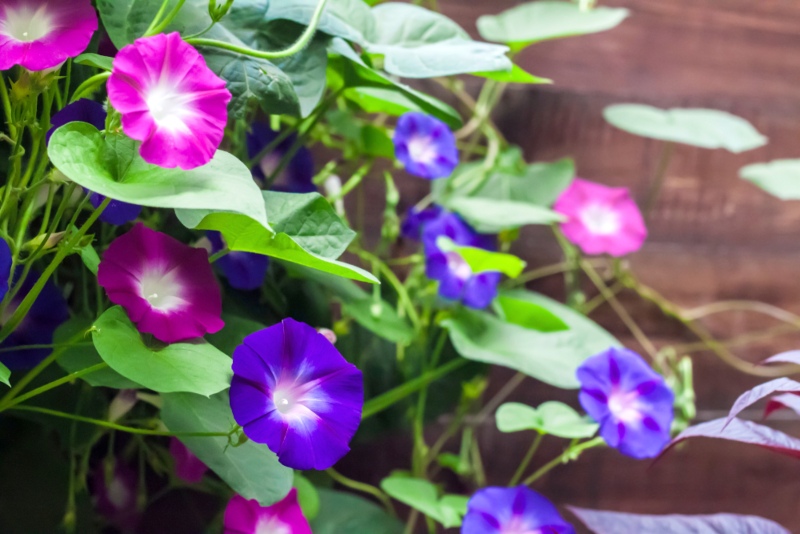
Morning Glory is a form of vine that is native to various parts of the western U.S., including the California Coast and the foothills of the Sierra Nevada mountain range.
The vine and its annual flowers have been described as providing a classic elegance to any property when they grow by attaching themselves to a trellis, arbor, or garden walls.
The flowers of the Morning Glory are trumpet-shaped with white, pink, and purple petals that tend to bloom at their height each morning. Morning Glory grows best in USDA Growing Zones three to ten.
Light and Temperature Requirements
The Morning Glory is a sun-living plant that is mostly drought tolerant. This means it is important you choose the correct area to plant your vine and train it to grow upwards via a trellis, arch, or fence.
To ensure you get the most out of your Morning Glory you should make sure you plant it in an area of full sun that includes lots of early morning sunshine.
When planting a new Morning Glory of sowing seeds, you should look to do so at a time when the last frost of the Spring has passed and temperatures have reached around 64F.
One of the main problems that can affect the growth of a Morning Glory can be the dry winds that move through California regularly with a sheltered spot preferable whichever region you choose to plant your Morning Glory in.
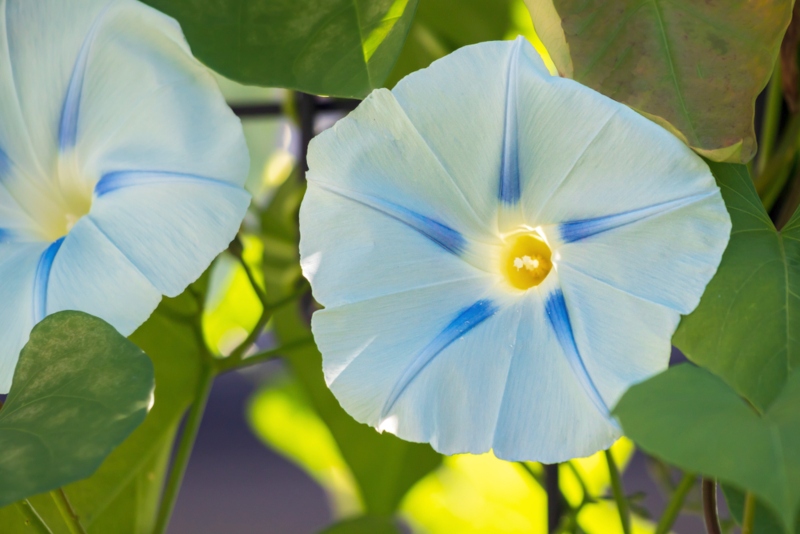
Choosing the Correct Planting Location
Morning Glory vines are a drought-tolerant plant natively growing in the dry conditions of California and the Southwest.
The choice of the correct location for planting a Morning Glory is key to its future success with an area of well-drained soil needed to make sure the plant grows to be as healthy as possible.
Choosing the location to plant your Morning Glory should include making sure the vine is capable of holding onto whichever support material you choose as quickly as possible when it begins growing. This means a Morning Glory grown in a container should have its trellis positioned within the container or one grown in a flower bed should be just a few inches from its growing support.
Watering
This is one of the most difficult parts of this low-maintenance plant to get right. Whenever you plant a Morning Glory, you will find it is easy to provide too much water for your vine.
In general, it is important to provide a lot of water when planting a transplant or seeds to stimulate growth.
Once the Morning Glory is established, the amount of water needed is far less because the plant is capable of surviving for a long time with little water aside from that produced in the surrounding environment. It is best to water a Morning Glory when there is a prolonged dry spell in your area.
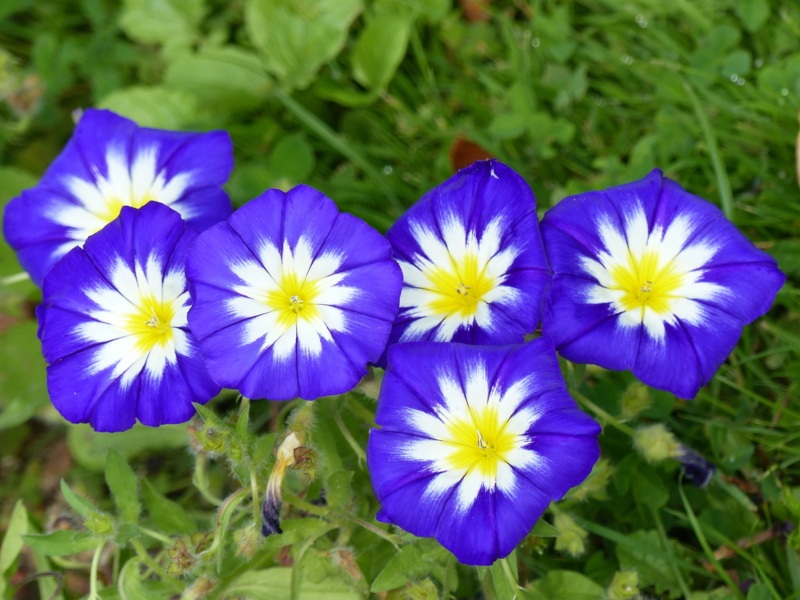
Soil and Fertilizer Considerations
When looking to grow Morning Glory it is important to remember these are low-maintenance plants that require very little work on your behalf. This is also true of the type of soil and fertilizer you choose when looking to grow a beautiful flowering vine for yourself. A fertilized soil is a good starting point for a transplant or seed, but you may not want to add large amounts of fertilizer as the vine grows. If a Morning Glory is over-fertilized it will produce mostly leaves without the beautiful flowers most of us want to see.
How to Grow Morning Glory from Seeds
Growing your Morning Glory from seeds is a good option that should be undertaken around the time the last frost of the Spring has taken place.
Unlike many other flowering plants, the Morning Glory does not need a large amount of pre-planting care for the best results. Instead, each side should be gently scuffed with a nail file and placed in warm water the night before they are to be planted.
If you are planting multiple Morning Glory seeds, they can be positioned around six inches apart with a covering of around one-quarter of an inch of soil. Each seed should be watered well when planting to make sure the plant begins growing quickly.
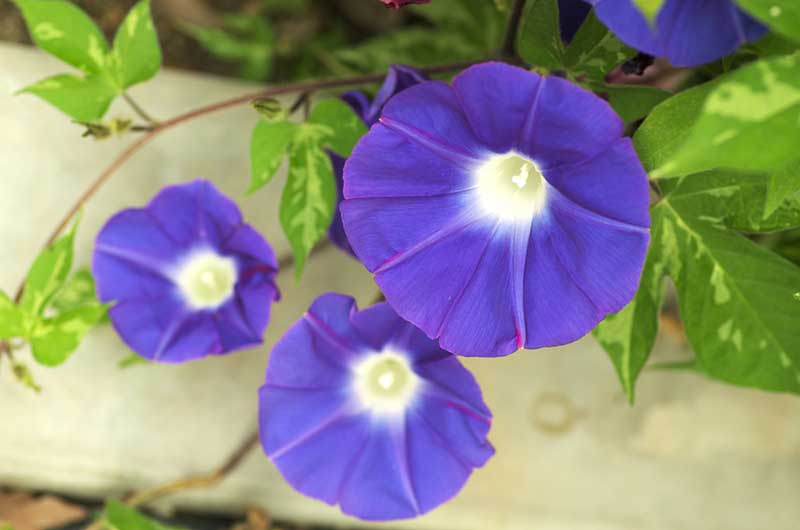
Growing Morning Glory in Pots
When choosing to grow a Morning Glory in a pot it is important to remember these flowering vines do not like to be moved once they have become established. Therefore, a container large enough for the plant to live in for a long time should be found with these plants establishing quickly to grow up to 12 feet in a single growing season.





